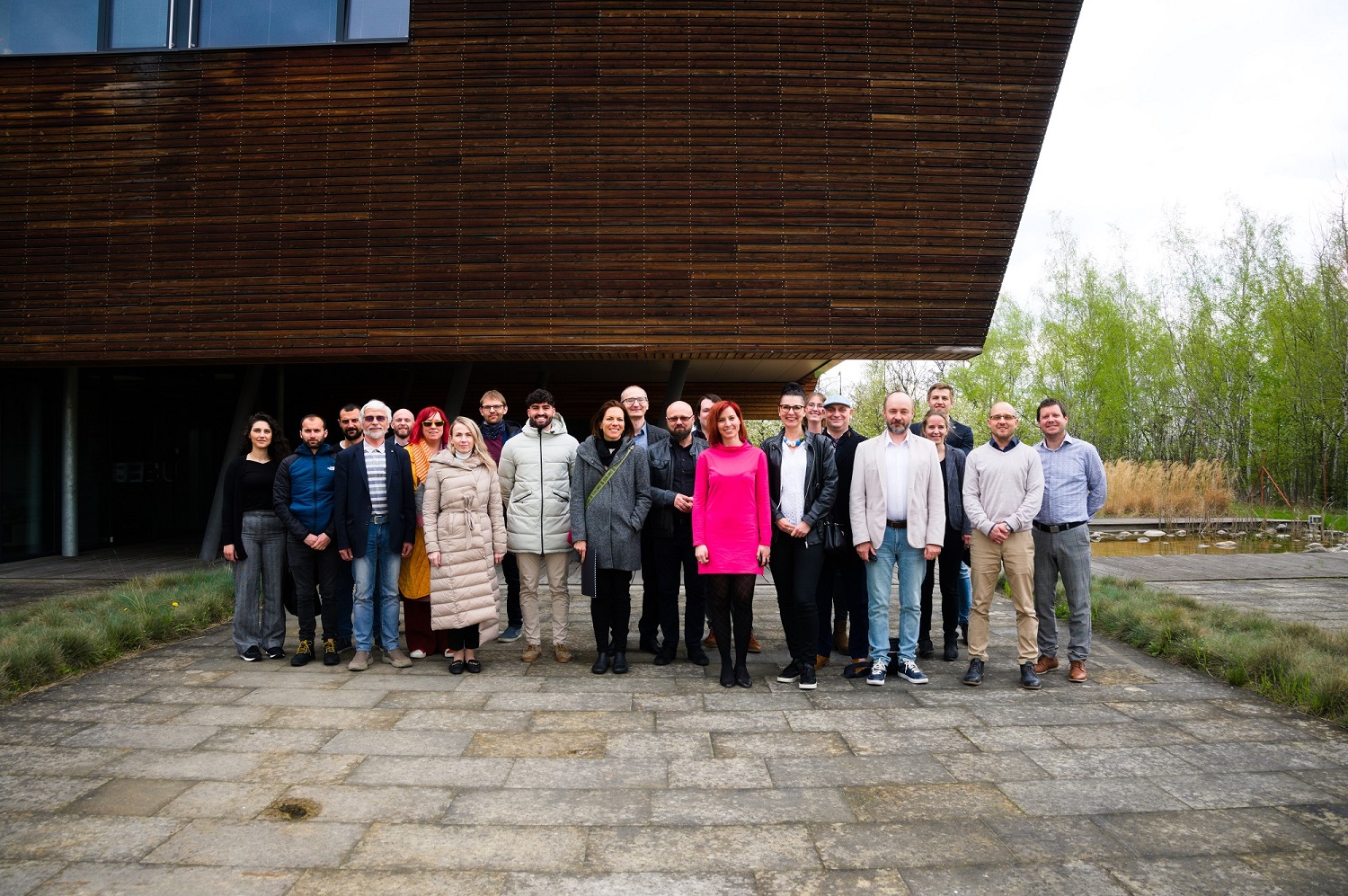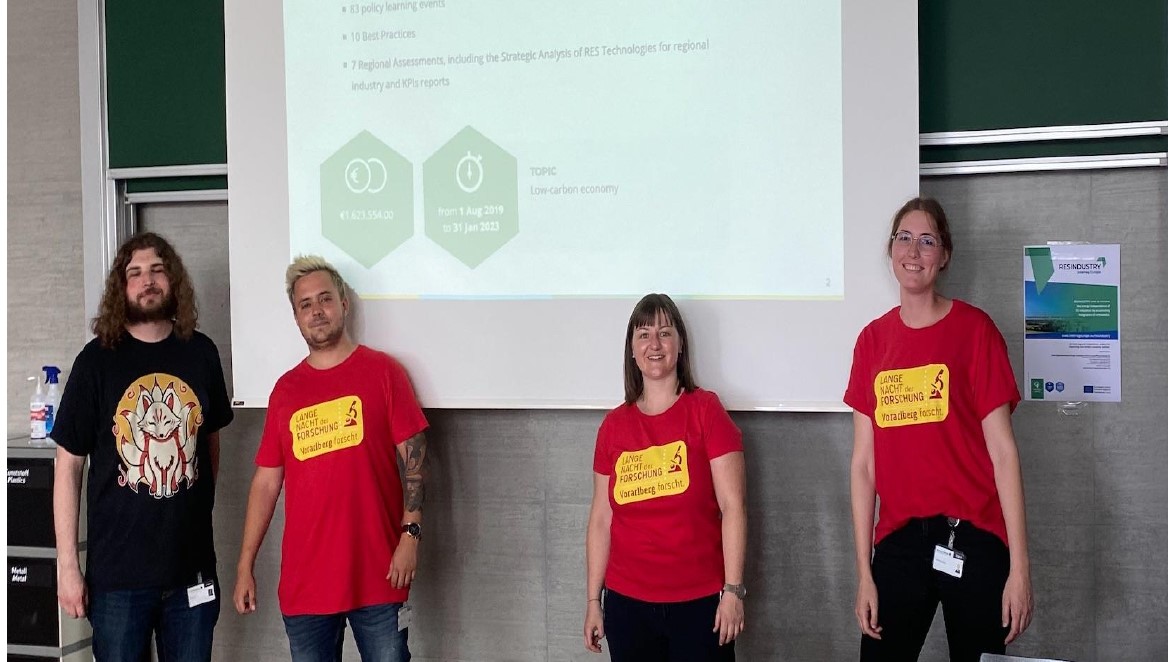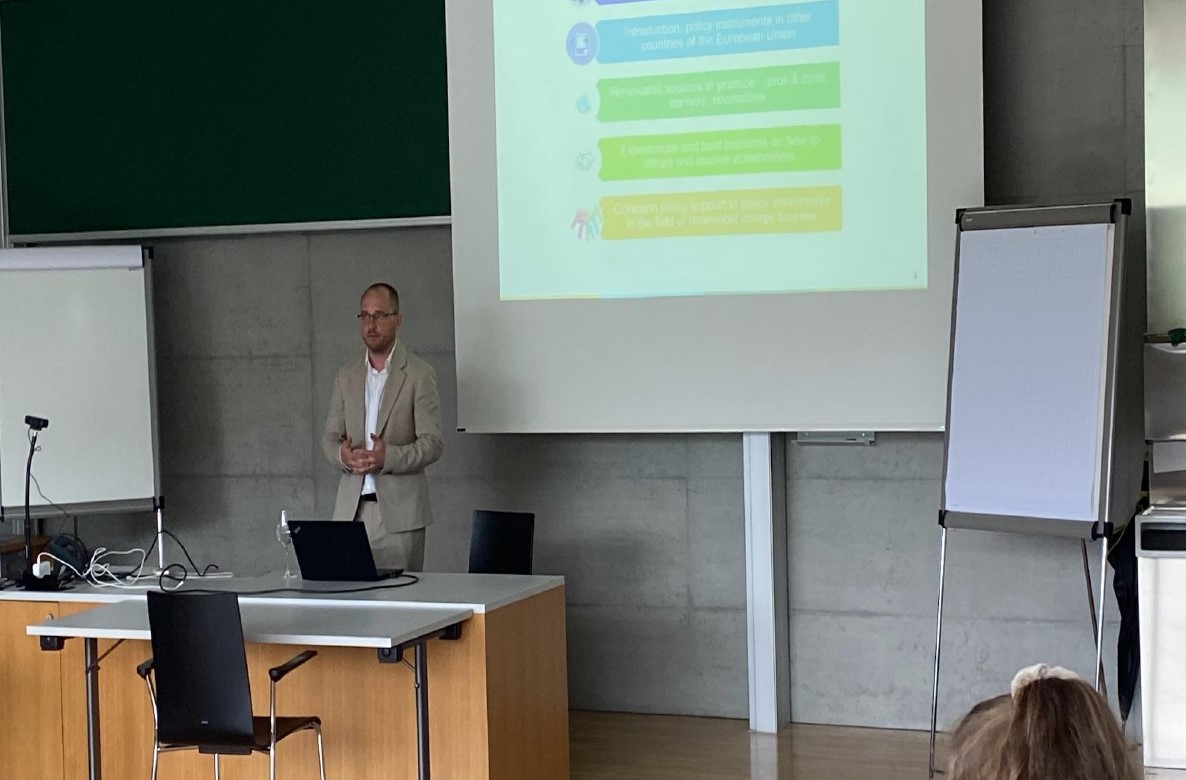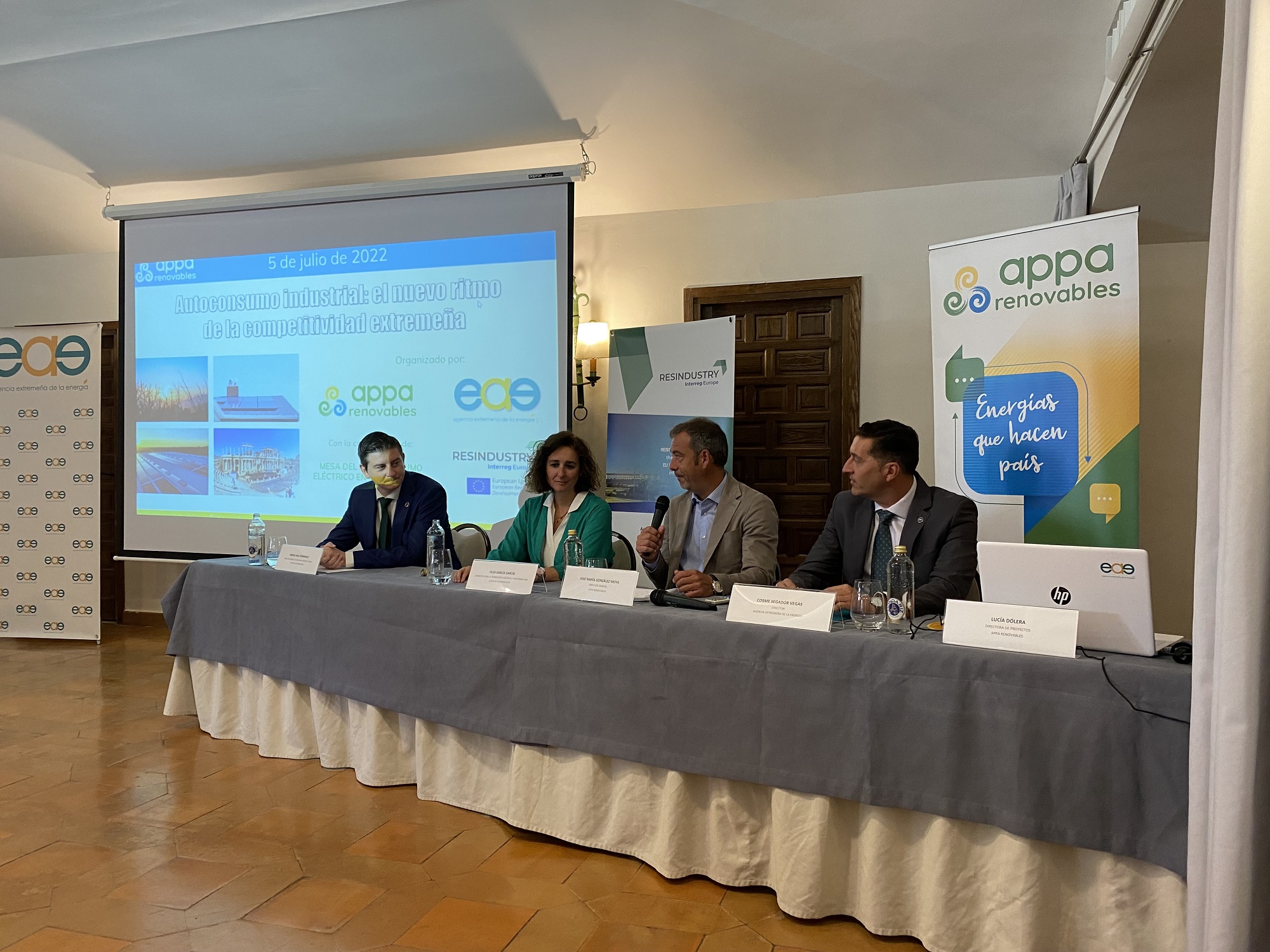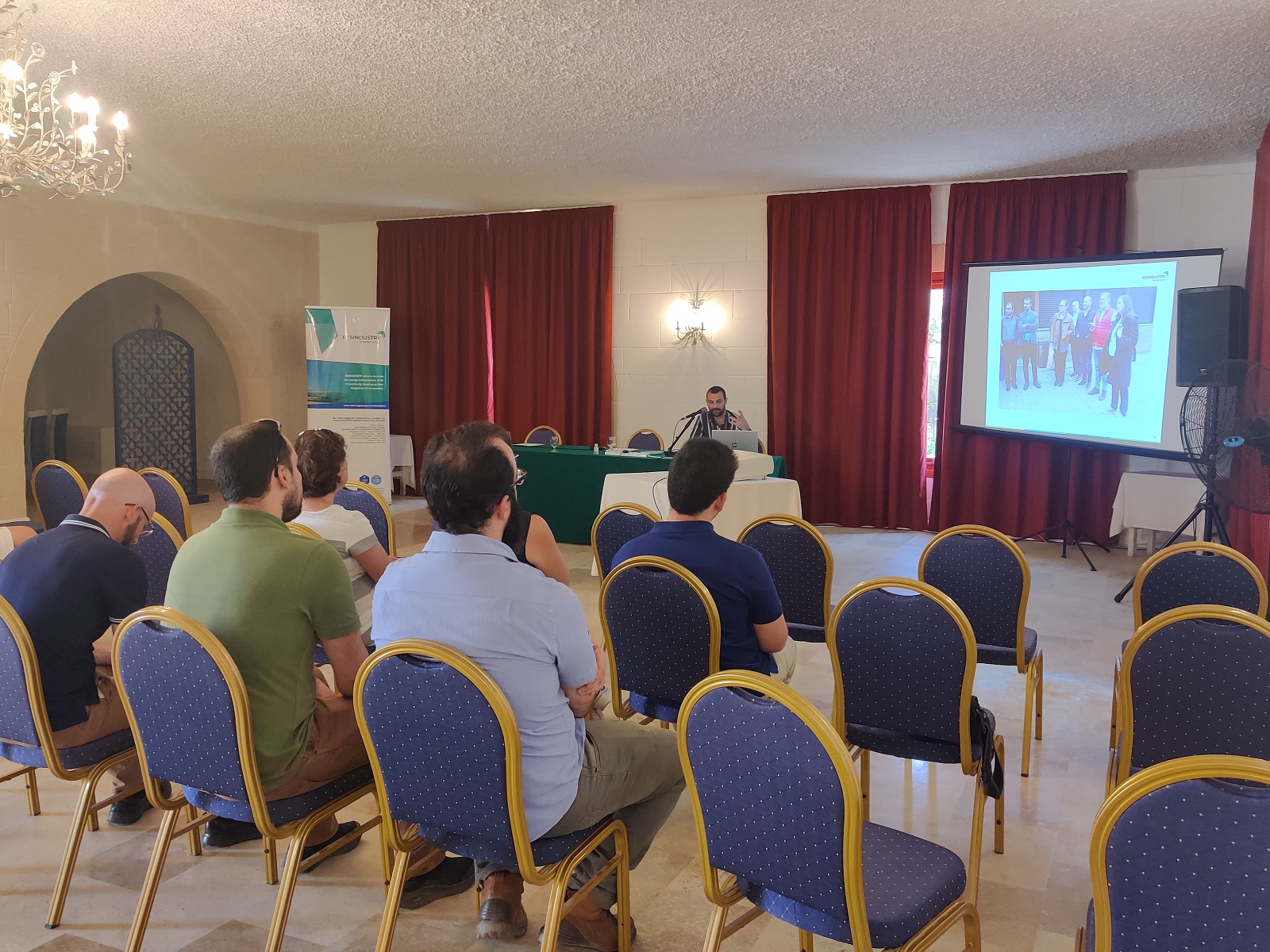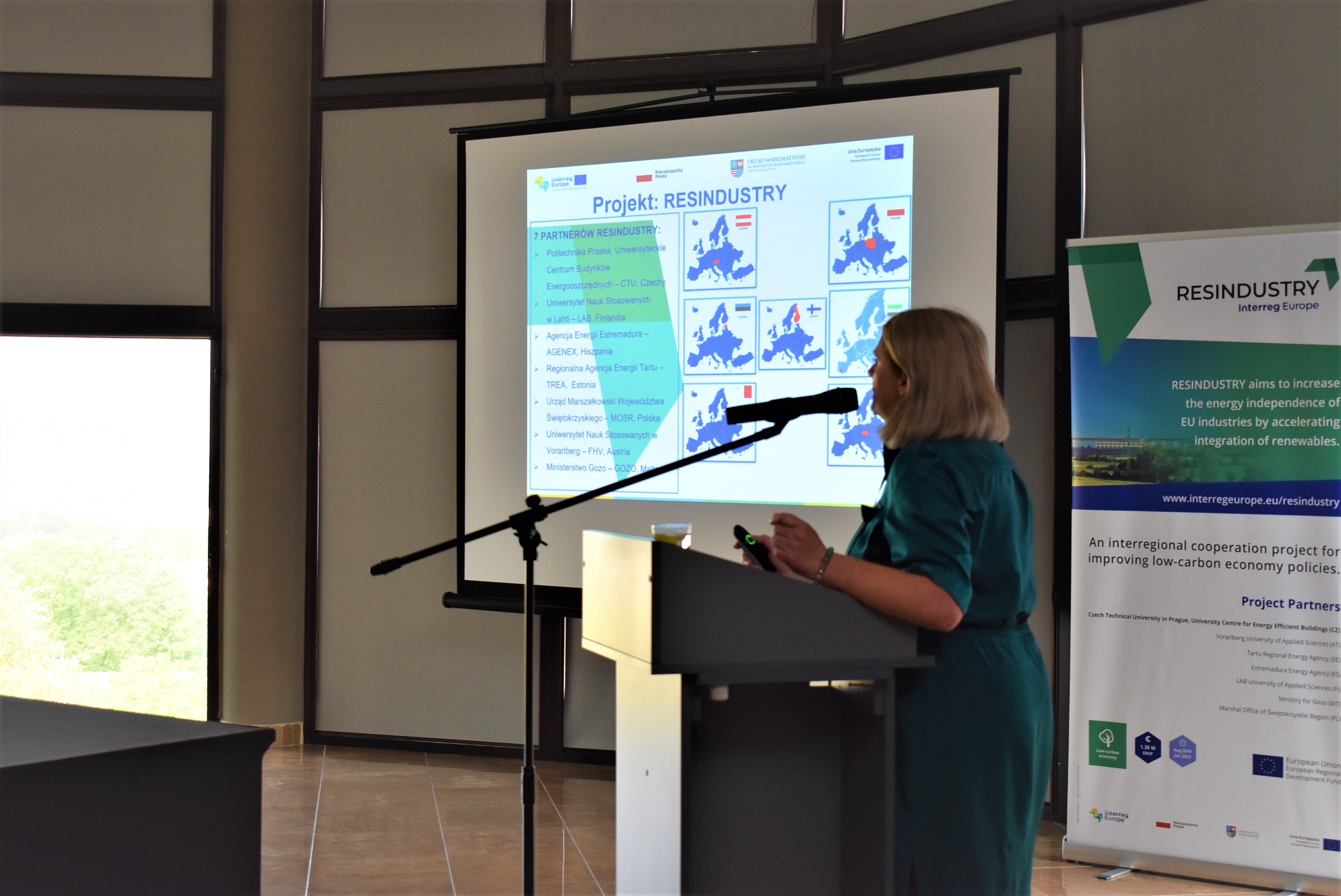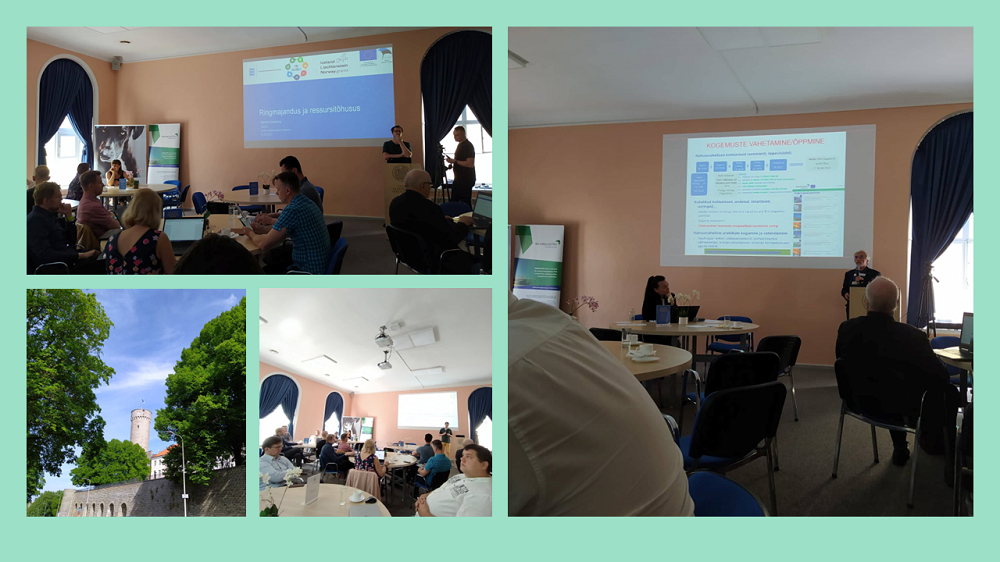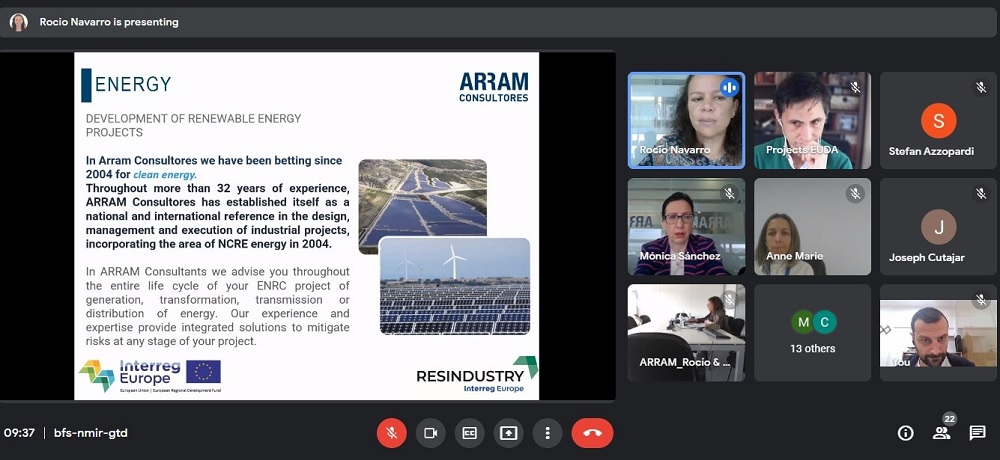The 2015 Paris Agreement marked the beginning of a deep transformation of our energy and economic model. In this area, the EU has provided a broad legal framework with the intention of staying at the forefront, with very ambitious objectives of reducing greenhouse gases (GHG) until 2030. As a result of the obligations arising from this legal framework, the Government of Spain prior to the elections of the past 10N sent to the European Commission the draft of the National Integrated Energy and Climate Plan (PNIEC) 2021-2030. The measures contemplated pursue a reduction of GHG emissions of 21% compared to 1990, with a final objective of 90% in 2050. Although GHGs include other gases, in the case of industry and electricity generation, all is focused on CO2. And here, the path of the drastic reduction of emissions in the electricity generation process is clear: the massive entry of renewables and the closure of coal.
PNIEC poses for the industry sector, in 2030, a reduction of CO2 emissions of 74% over 2015 levels. On that date, CO2 emissions would be 20 Mt (now 74Mt). Now, to move towards practically total decarbonization in 2050, is an electric sector without CO2 emissions sufficient? The answer, obviously, is no. And the reason is that, of the final energy consumption in Spain only a quarter is in the form of electricity: 70% are fuels for transport, industry and heating.
And what can be done to reduce the carbon footprint of fuels? In some forums the term null carbon molecules has been coined to designate those that can be used as fuel - replacing those of fossil origin -, in whose production and employment there are no GHG emissions and, in addition, their carbon atoms are not of fossil origin. Among them would be green hydrogen by water electrolysis, hydrogen by biomass gasification with CO2 capture, and in general, the use of quality biomass as raw material for processes of varying degrees of sophistication and technological maturity, but with costs of investment and operation very high, in general. Solutions like these make up, to a large extent, the strategy for decarbonization recently published by the Spanish Association of Petroleum Products Operators (AOP).
For its part, the Spanish and European industry sector has an extraordinarily important technological and economic challenge to advance in the path of decarbonization. Here we must distinguish two types of CO2 emissions: those from combustion facilities and those inherent in the processes (among other examples is the calcination of limestone CO2, the raw material of cement manufacturing). PNIEC establishes a modest reduction of 15% for the first ones- remember the 74% reduction for the electricity sector - and no reduction of the second ones in 2030. And this, in a scenario in which emissions are reduced globally by 32% with respect to 2015.
What can the industry do to reduce its emissions almost completely in 2050?
The emissions inherent in the processes need disruptive technologies, not commercially available today and which will take time to displace the current ones. And if it is a question of manufacturing structural materials subject to very strict specifications (case of steel or cement), replacing their processes will not be easy.
Combustion emissions are derived from the use of liquid hydrocarbons and natural gas, mainly for steam production and heating of various currents. The industry has a set of options to reduce this type of emissions, none of which alone can achieve the goal of total decarbonization, a milestone that is not necessary today.
The strategy is to progressively combine the different options applicable to each specific case and incorporate the least developed as they mature, reaching technological availability and economic viability. Among these options - listed in decreasing order of commercial availability - are:
- Measures of efficiency and energy saving.
- Replacement of fuels by natural gas, with intrinsically lower CO2 emissions.
- Cogenerations hybridized with photovoltaic and battery storage.
- Heating by direct electrification. For high temperatures, costs and consumptions are very high.
- Use of generated and stored energy, in the Power-to Heat mode. Surpluses of renewable electricity production are used to generate heat that is stored (even seasonally) through a simple and reversible reaction.
- Use of heat pump to use low heat residual heats that today are mostly dissipated.
As we see, the technological challenge is huge, while exciting. But one cannot lose sight of a maxim: an important dose of rationality and economic sense is necessary so that the Spanish and European industry can cope with the decarbonization process without losing competitiveness or giving rise to relocation.
Author: Vicente Cortés Galeano, President of INERCO.
Source: Cinco Días


